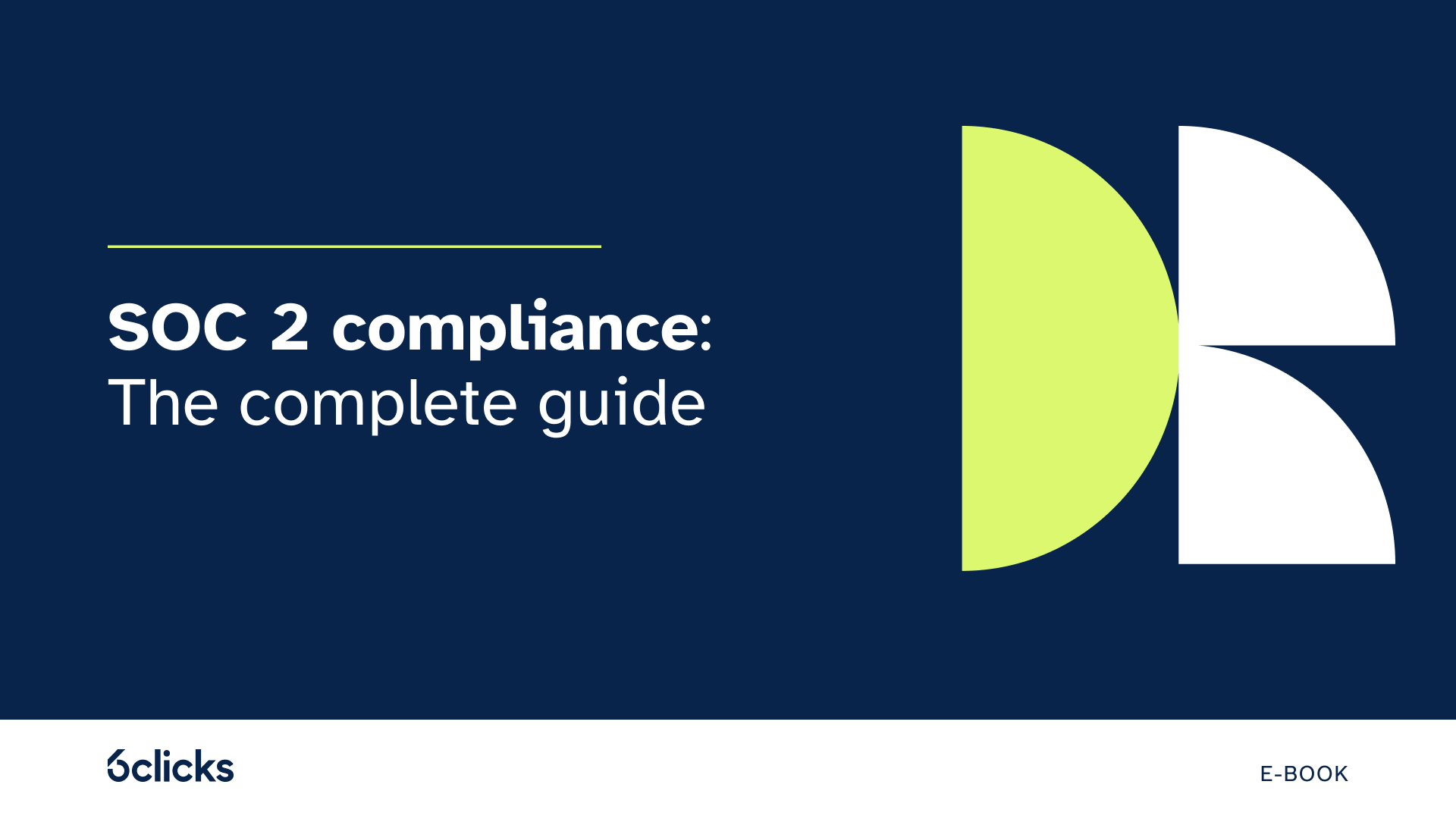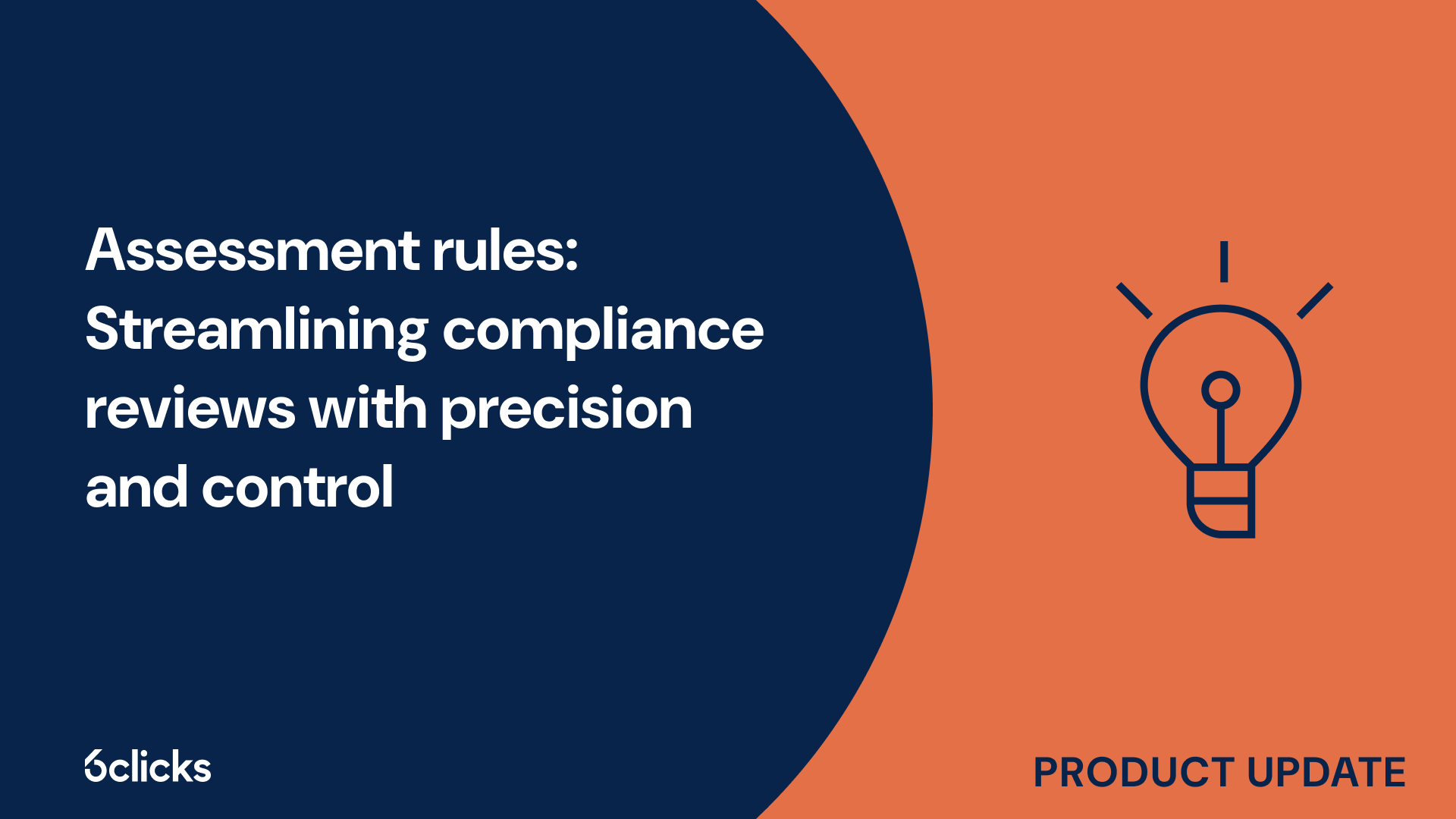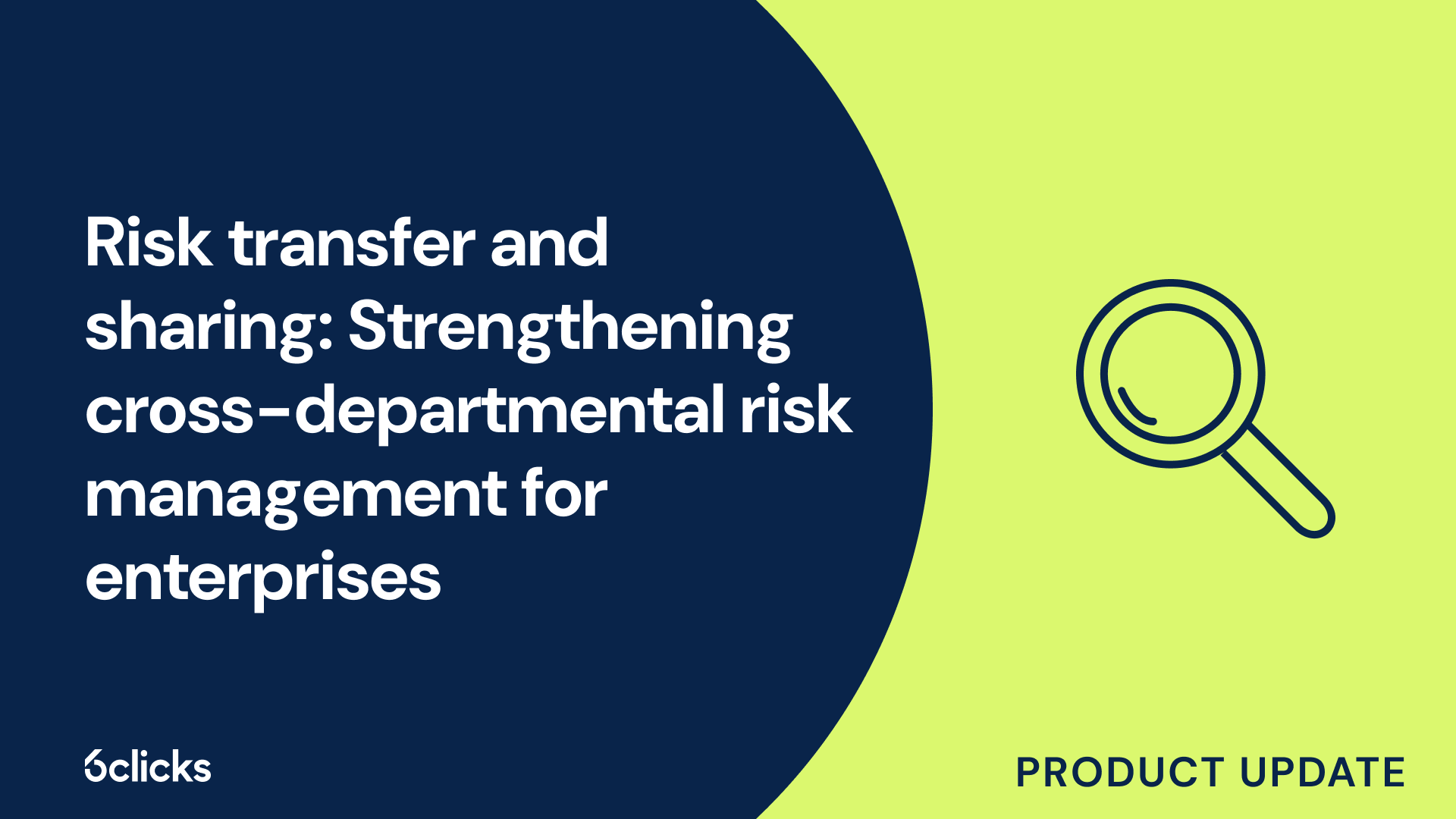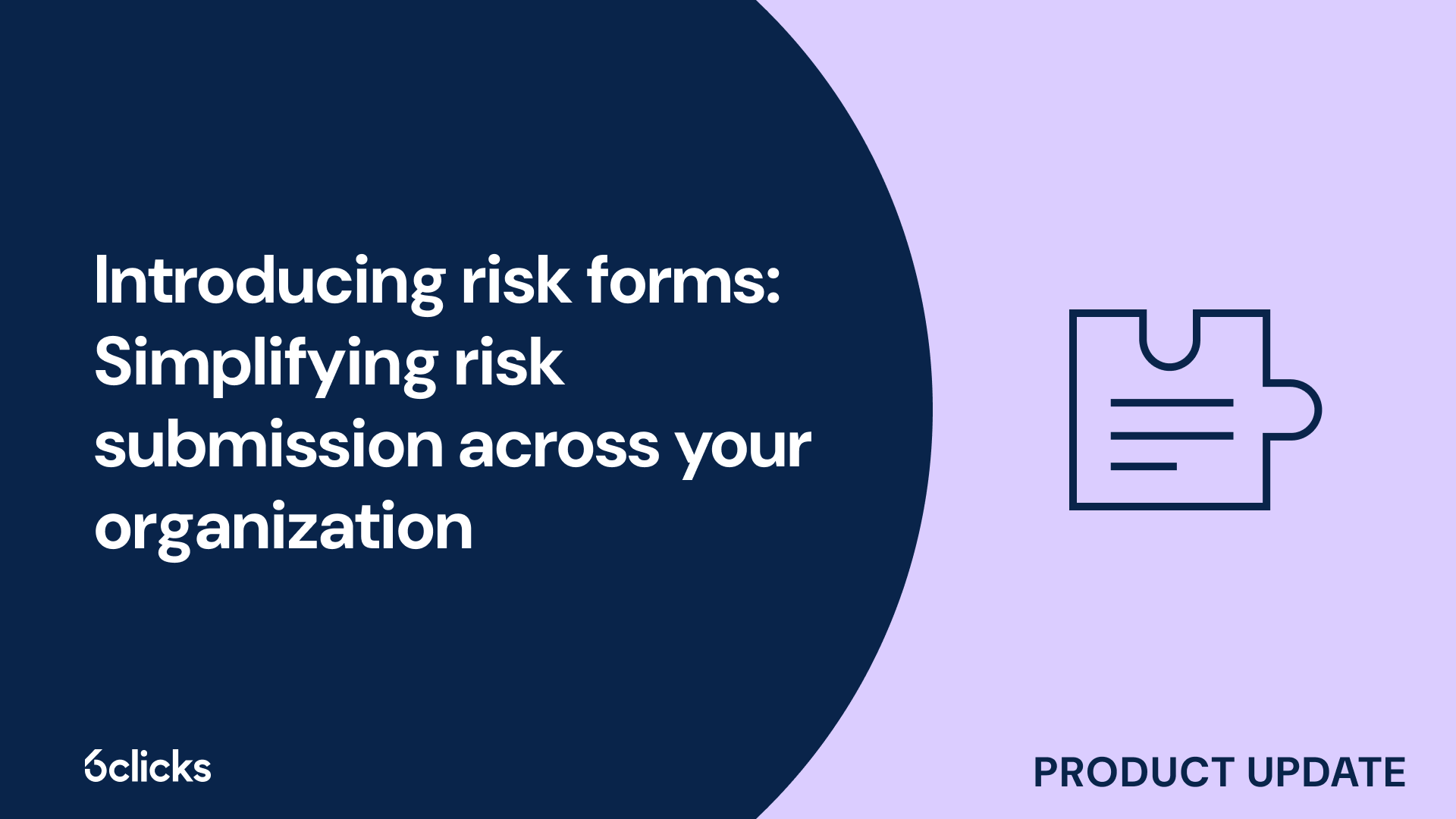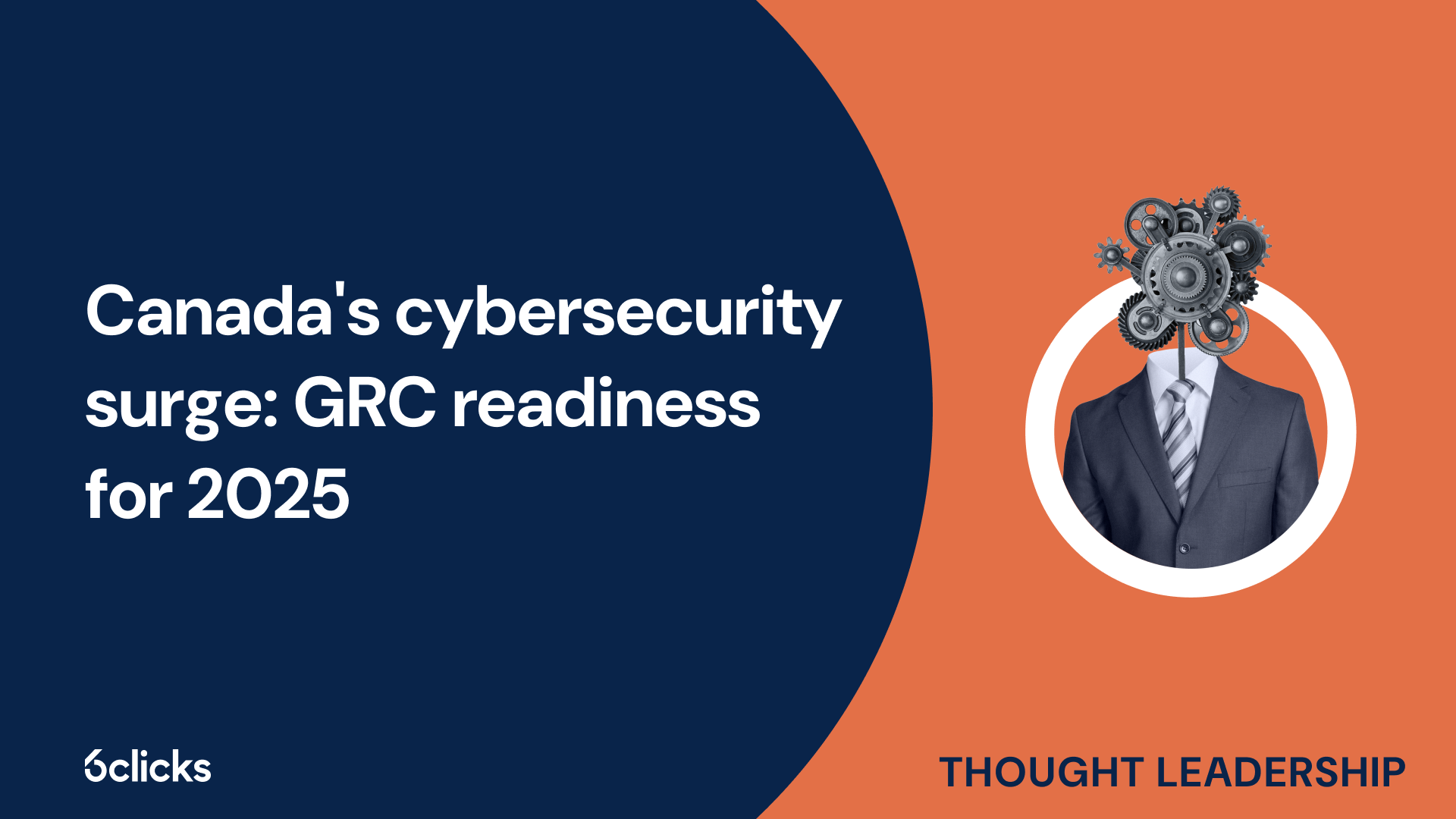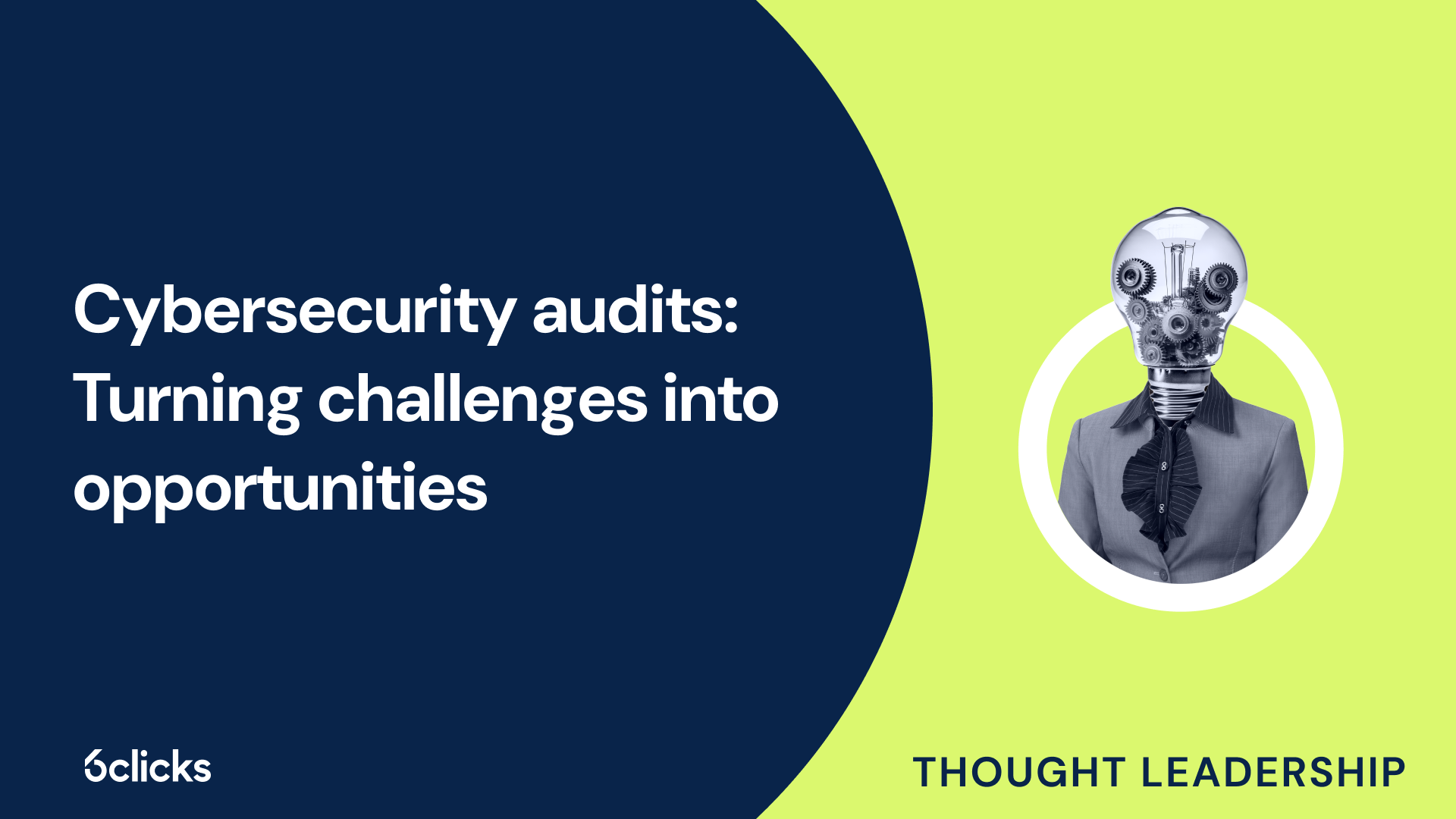Cyber resilience with NIST CSF in 2025
Master cyber resilience in 2025 with this expert guide to the NIST Cybersecurity Framework. Learn how to assess risk, improve security posture, and automate compliance with AI-powered solutions from 6clicks.
-1.png?width=200&height=249&name=Group%20193%20(1)-1.png)
Cyber resilience with NIST CSF in 2025
How does the 'Protect' function help prevent incidents?
TL;DR: The Protect function of the NIST CSF outlines safeguards that limit or contain the impact of potential cybersecurity events—focusing on access control, awareness, data security, and resilience to reduce your attack surface.
In the 6clicks guide Cyber Resilience in 2025: Your Smart Guide to NIST CSF, the Protect function is positioned as the first line of defense in a mature cybersecurity program. While Identify helps you understand what needs to be protected, Protect ensures you’re taking meaningful action to secure it.
These are the controls, processes, and cultural elements that help prevent unauthorized access, ensure system integrity, and reduce the likelihood of successful attacks.
Core categories within the Protect function
-
Identity Management, Authentication & Access Control (PR.AC)
Ensure only authorized users and devices can access assets—supporting least privilege and MFA. -
Awareness & Training (PR.AT)
Educate staff on cyber threats, phishing, social engineering, and security policies. -
Data Security (PR.DS)
Protect data at rest, in transit, and in use using encryption, classification, and controls. -
Information Protection Processes & Procedures (PR.IP)
Formalize policies, change management, and configuration baselines. -
Maintenance (PR.MA)
Perform timely maintenance of systems, applications, and components. -
Protective Technology (PR.PT)
Use endpoint protection, firewalls, secure email gateways, and other tools to enforce defenses.
Why the Protect function matters
-
Minimizes exposure: Effective protections reduce the number of vulnerabilities adversaries can exploit.
-
Enables secure operations: Ensures confidentiality, integrity, and availability of critical systems.
-
Supports compliance: Often overlaps with technical control requirements in ISO 27001, SOC 2, HIPAA, PCI DSS, and more.
-
Boosts resilience: Even if an attacker gets in, segmentation and encryption can limit damage.
In 2025, proactive protection is no longer just about firewalls and antivirus—it’s about embedding security into every person, process, and platform.
Want to strengthen your Protect function with modern security controls?
Book a demo with 6clicks today to see how our platform helps map, assess, and automate protections across access control, awareness training, encryption, and policy enforcement.




